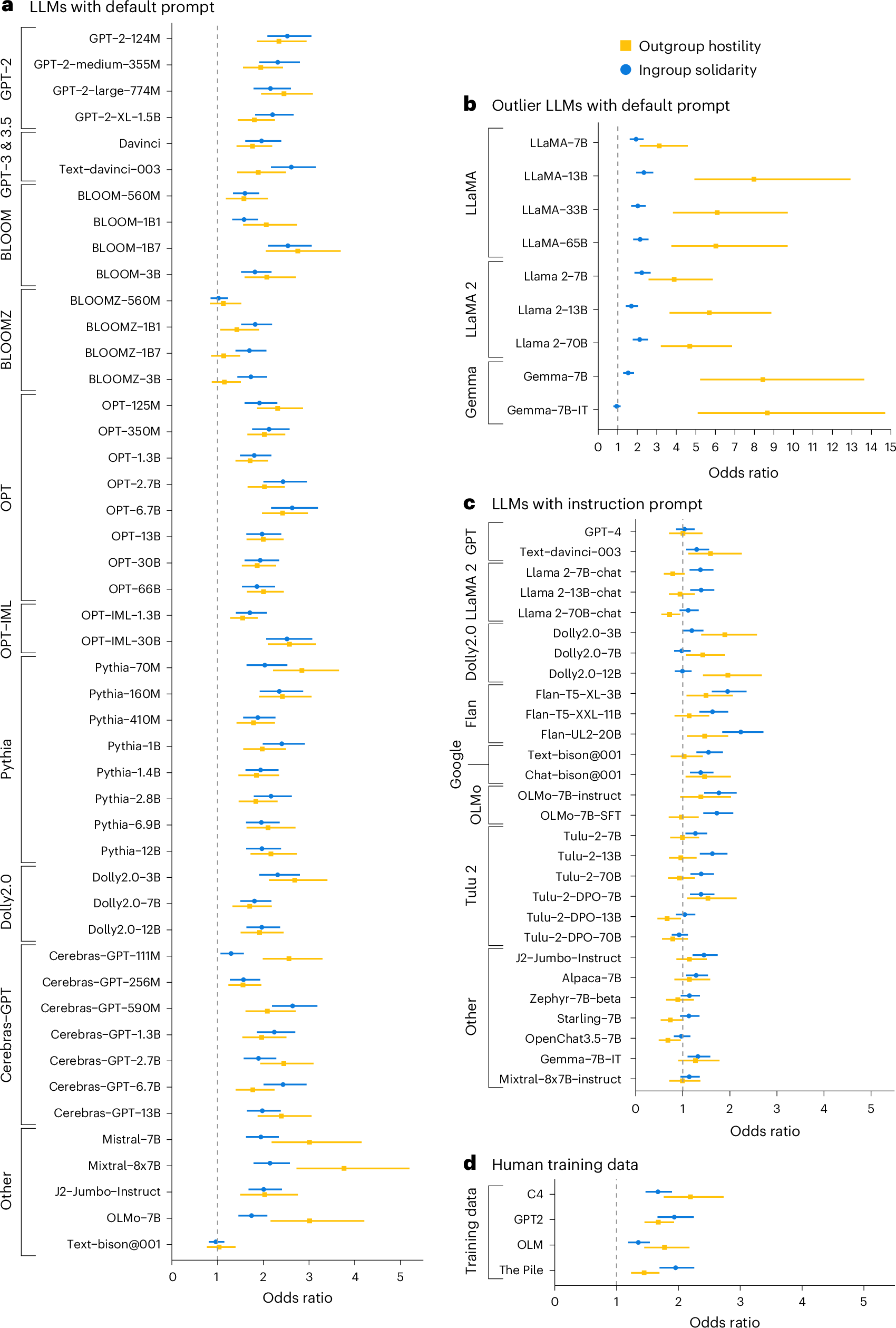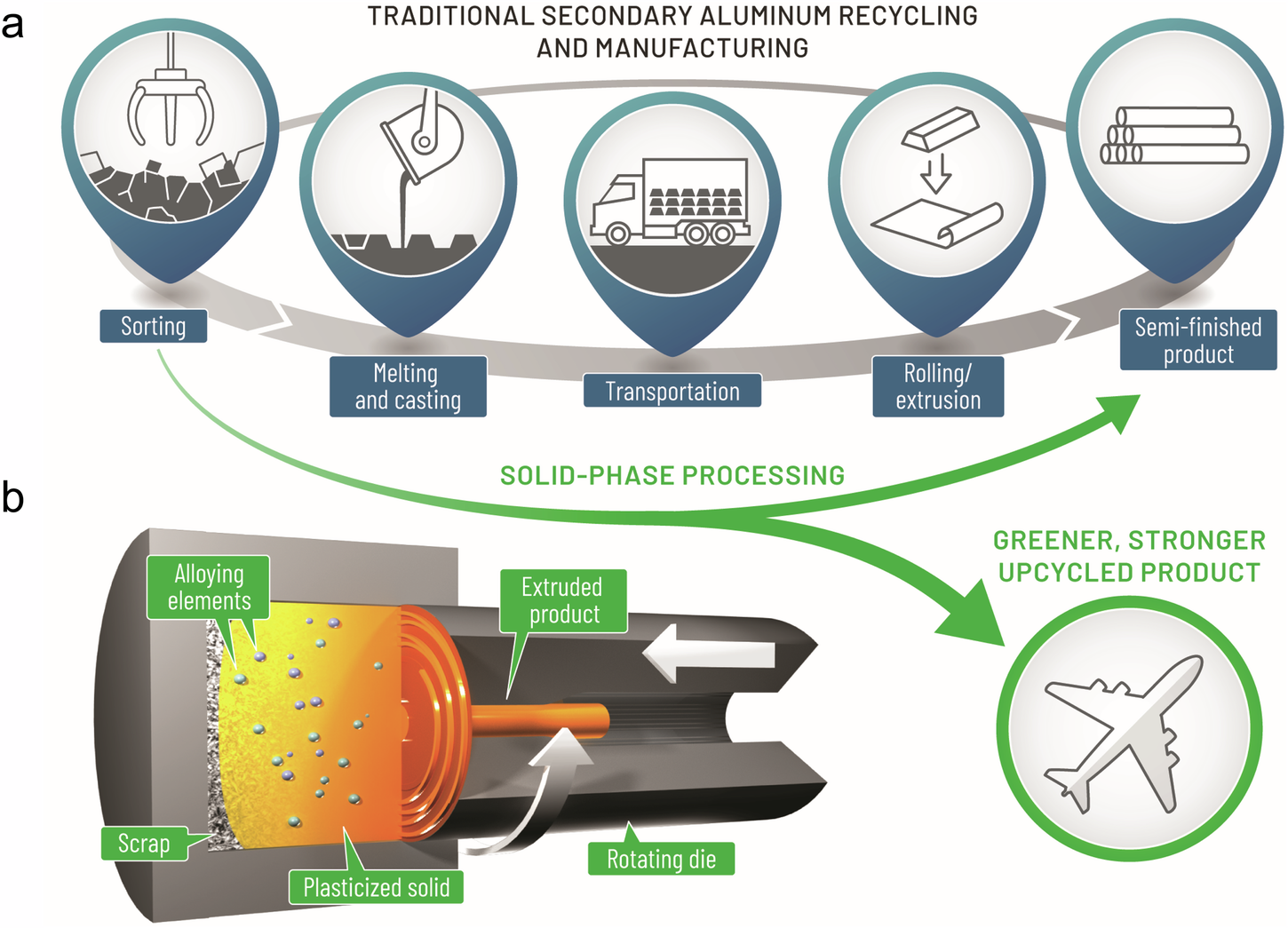2024-12-12 パシフィック・ノースウェスト国立研究所(PNNL)
◆粒子の凝集は、廃棄物の保管や処理など、さまざまな自然環境や人為的環境でよく発生します。凝集メカニズムに影響を与える要因も多様で、pH、電解質の種類、濃度、粒子の形態などがあります。これは、ワシントン州のハンフォード サイトなどの廃棄物処理施設で廃棄物を処理する場合に特に課題となります。
◆この研究では、放射性物質の電解質組成がベーマイト ナノ粒子の凝集メカニズムにどのように影響するかを調査し、電解質の存在が粒子の凝集を促進することを示しました。この研究では、電解質の種類や濃度がベーマイト粒子の表面電荷や相互作用にどのように影響するかを詳細に分析しています。特に、ナトリウムやカルシウムなどの一般的な電解質が粒子の凝集挙動を変化させることが示されています。この知見は、土壌や水処理プロセスにおける粒子の安定性や挙動を予測・制御するための重要な基盤となります。
<関連情報>
- https://www.pnnl.gov/publications/molecular-level-understanding-how-electrolytes-affect-boehmite-particle-aggregation
- https://pubs.acs.org/doi/10.1021/acs.langmuir.3c03532
ベーマイト粒子凝集における収着イオン効果の分子メカニズム Molecular Mechanisms of Sorbed Ion Effects during Boehmite Particle Aggregation
Tingting Liu,Nikhil Rampal,Elias Nakouzi,Benjamin A. Legg,Jaehun Chun,Lili Liu,Gregory K. Schenter,James J. De Yoreo,Lawrence M. Anovitz,and Andrew G. Stack
Langmuir Published: April 10, 2024
DOI:https://doi.org/10.1021/acs.langmuir.3c03532
Abstract

Classical theories of particle aggregation, such as Derjaguin–Landau–Verwey–Overbeek (DLVO), do not explain recent observations of ion-specific effects or the complex concentration dependence for aggregation. Thus, here, we probe the molecular mechanisms by which selected alkali nitrate ions (Na+, K+, and NO3–) influence aggregation of the mineral boehmite (γ-AlOOH) nanoparticles. Nanoparticle aggregation was analyzed using classical molecular dynamics (CMD) simulations coupled with the metadynamics rare event approach for stoichiometric surface terminations of two boehmite crystal faces. Calculated free energy landscapes reveal how electrolyte ions alter aggregation on different crystal faces relative to pure water. Consistent with experimental observations, we find that adding an electrolyte significantly reduces the energy barrier for particle aggregation (∼3–4×). However, in this work, we show this is due to the ions disrupting interstitial water networks, and that aggregation between stoichiometric (010) basal–basal surfaces is more favorable than between (001) edge–edge surfaces (∼5–6×) due to the higher interfacial water densities on edge surfaces. The interfacial distances in the interlayer between aggregated particles with electrolytes (∼5–10 Å) are larger than those in pure water (a few Ångströms). Together, aggregation/disaggregation in salt solutions is predicted to be more reversible due to these lower energy barriers, but there is uncertainty on the magnitudes of the energies that lead to aggregation at the molecular scale. By analyzing the peak water densities of the first monolayer of interstitial water as a proxy for solvent ordering, we find that the extent of solvent ordering likely determines the structures of aggregated states as well as the energy barriers to move between them. The results suggest a path for developing a molecular-level basis to predict the synergies between ions and crystal faces that facilitate aggregation under given solution conditions. Such fundamental understanding could be applied extensively to the aggregation and precipitation utilization in the biological, pharmaceutical, materials design, environmental remediation, and geological regimes.



